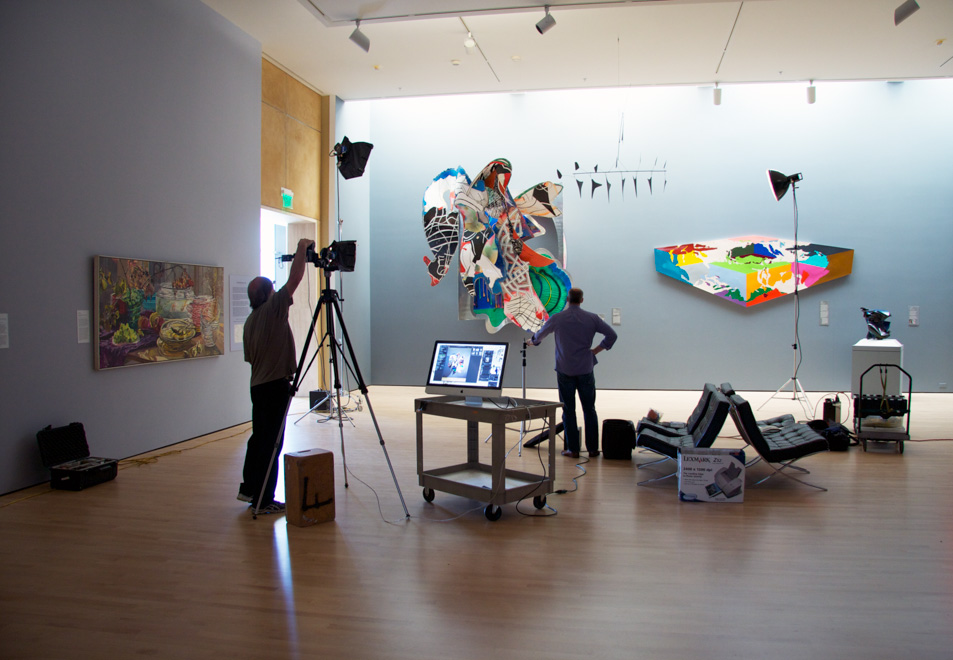Cantor Arts Center completed a five-year-long initiative to inventory and digitize its collection. Publication-quality photographs of 34,000 items in the Cantor collection are now available to the public on an online database.
Photography for the digitization initiative began in May 2010 and was completed in the fall of 2015. Approximately 10,000 items, primarily new acquisitions and delicate items, remain to be digitized.
“We wanted to consistently have high-quality images of the collection available for researchers at a moment’s notice,” said Allison Akbay, Manager of Collections and Registrar at the Cantor Center, who oversaw the project.
The database contains 120,000 images, including multiple angles of many items. Careful color reproduction and high resolution makes the images ideal for publication. Online visitors can view thousands of items not on exhibition, and Stanford affiliates can request to see archived items in person.
The project required the first complete inventory of the Cantor collection since 1916. Only 11,000 photographs of the collection existed at the start of the project, many of which were slides, negatives or duplicate images.
The photography team, which included contract photographer Lee Fatherree and museum staff, worked in an on-site dark studio. The first stage of the project involved scanning 18,000 prints as well as the photography of three-dimensional objects.
The database has enhanced the physical museum by giving curators a better idea of the range of pieces available to them.
“Many of our exhibitions now show objects that have never been exhibited, because we simply didn’t realize we had them before,” Akbay said.
Similar initiatives such as the Google Art project have promised to democratize and enhance art scholarship. Cantor sent near 1,600 digital records from its Cypriot collection to Cyprus earlier this year for scholars to study, an international partnership enabled by the digital records.
“If you’re a scholar in Rome or a scholar in Miami, Florida, you know where these objects are, you can find information on them,” said Connie Wolf, the John and Jill Friedenrich Director of the Cantor Arts Center.
The Cantor Arts Center plans to integrate its digital database more closely with the museum. According to Akbay, a companion museum app currently in development will overlay items with facts and background.
Ultimately, the database is meant to supplement the physical museum experience — not supplant it.
“It’s no secret that the strange, hieroglyphic past… is increasingly replaced by the glib culture of the virtual,” said Alexander Nemerov, the Department of Art and Art History Chair.
Faculty can seek out pieces on the online database and bring students to witness the items in person in the center’s seminar room or newly-opened classroom, which is designed for displaying 3D objects from the collection.
“There is no replacement for looking at the real thing. Having that one-one-one experience of looking at an object is one of the most powerful experiences that one can have,” Wolf said.
Contact Augustine Chemparathy at agchempa ‘at’ stanford.edu.
